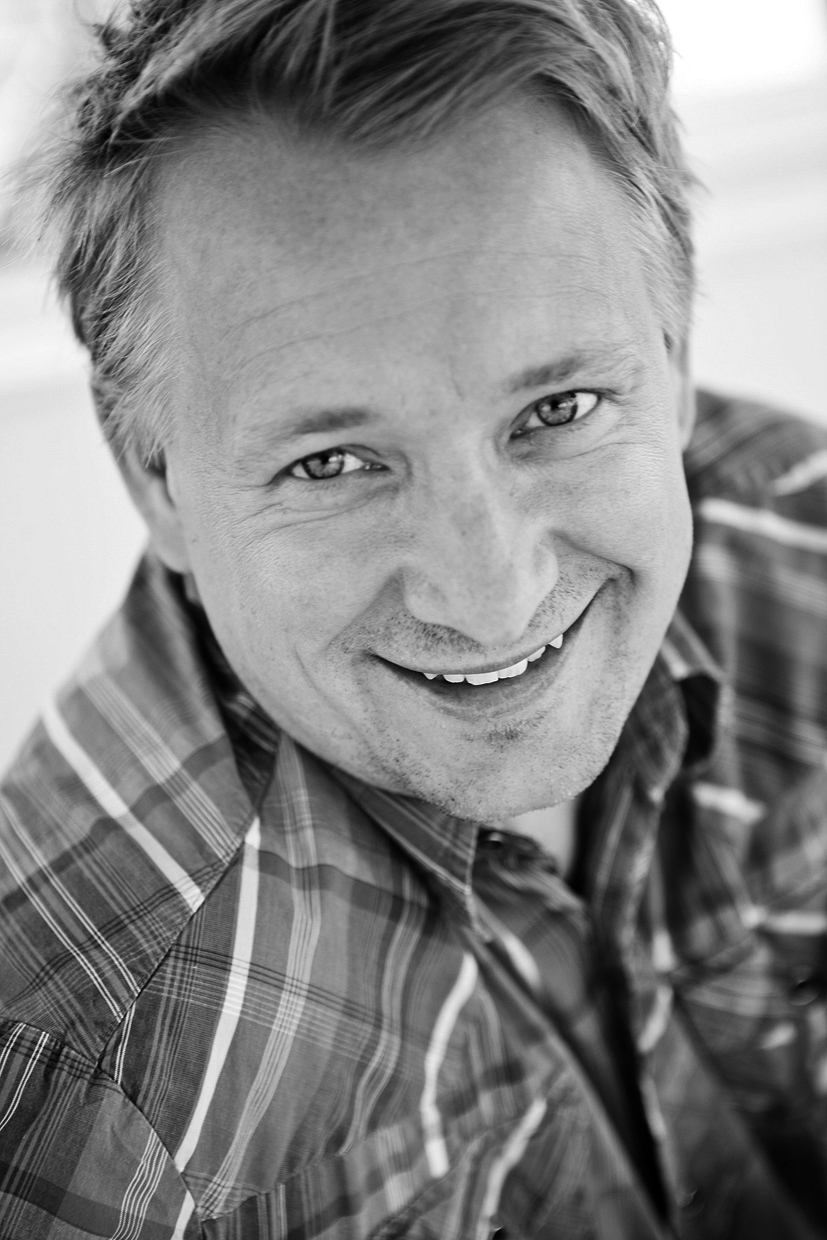 After being shortlisted in the International Hotel and Property Awards with The Culture Yard, Anders Tyrrestrup Co-Founding Partner of AART Architects gave us his thoughts on the future of design
After being shortlisted in the International Hotel and Property Awards with The Culture Yard, Anders Tyrrestrup Co-Founding Partner of AART Architects gave us his thoughts on the future of design
Q1: What direction do you feel design is moving towards in general terms?
Recycling of old buildings for new purposes has become a remarkable trend and I believe this trend will increase in intensity in the coming years. The interesting thing is that this kind of adaptive re-use architecture, not only, has a sustainable value but also a strong role in forging identity – from the branding of companies to the design of private residences.
Today, centrally located industrial buildings are not empty for long, before being given a new content, a new life. This is evident all over the world, just look at the public park built on a historic freight rail line elevated above the streets on Manhattan’s West Side or the old Sant Francesc church in Catalonia which has been tranformed into an amazing auditorium where jagged glazed stairwells climb the old stone walls.
The Culture Yard in Elsinore in Denmark is another example. Located next to the UNESCO World Heritage site, Kronborg Castle, the Culture Yard is a manifestation of how you can transform an old industrial building (in this case a former shipbuilding yard) into a cutting-edge cultural centre, including concert halls, conference facilities and a public library.
This kind of adaptive re-use is increasing across the globe and is characterized by a deliberately design approach where architects use architecture’s role in forging identity to breathe new life into neglected buildings. Because when you add new features into an existing building, you create a new kind of spatiality, generating a distinctive sense of place and time. And this is exactly what the architects of today and tomorrow are capable of creating. Based on a strong social awareness they are capable of engaging the end-users, captivating their imagination and inspiring meaningful interaction.
Q3: What sort of projects are you working on at the moment?
At the moment, we are working on a wide range of building projects, including a public school in Sweden, a holiday resort for disabled people in Denmark, a cross-disciplinary office building in Denmark and a teaching hospital in Tanzania. At first glance the projects may seem quite diverse.
However, the keen observer will discover a common thread as all the projects stem from a strong social awareness and strive to engage the end-users, captivate their imagination and inspire meaningful interaction. Because at the end of the day architecture is about enriching people’s live by creating vibrant, sound and functional spaces for social communities. In brief, it is all about making a positive impact on society – socially, economically and environmentally.
Q4: An architect’s work is so diverse – how do you manage to hold down a career and a life?
Working as an architect involves a lot of travel activity and a lot of deadlines. Therefore, long working hours will occur from time to time, as your presence, creativity and effectiveness are crucial for your clients and business partners. However, I believe that work life and private life must go hand in hand. Over the years, I have realised that there is no single formula for attaining a balanced life. From a corporate point of view you can promote a balanced life through various initiatives but at the end of the day it is a personal decision how you combine your work life and family life into a whole.
In other words, you have to find your own key to develop creative solutions as you approach the challenges of balancing the responsibilities and joys of your manifold roles. Personally, I focus on spending quality time with my family where I give my wife and my children my full attention. Spending time with my family stimulates my creativity and, among other things, I have developed some casual rituals I can look forward to in my everyday life. I also focus on leaving my children in capable hands when I’m working. Fortunately, we have very good day-care facilities in Denmark where it is common you get involved with the day-care centre by communicating frequently and observing interactions between your child and the pedagogues.
Q5: Name the key essentials for 2013 and beyond.
Social, economic and environmental challenges affect the building industry more than ever before. Thus, the key essential for 2013 and beyond will be sustainability in a wide sense – social, economic and environmental sustainability.
Q7: How important do you feel Design Awards are as recognition of designers talents and achievements?
The Design Awards are very important as the awards highlight specialist skill within the industry to future clients and promote a sound and stimulating criticism as the voting is open to industry professionals and design enthusiasts from across the globe.
Q9: Final thoughts?
I have a car, but I love to bike to work daily as biking is a healthy and great, sustainable transportation alternative to cars or public transportation. You get excersise and fresh air and, at the same time, you contribute to reducing the CO2 emissions. Actually, one-third of the residents in Copenhagen bike to work or school daily and to promote biking the city is building a bicycle highway from the suburbs to the city centre.
The bicycle higway is an inspiring and innovative city planning idea and along the highway there are footrests with bars to lean on at traffic lights, and a bike pump every mile in case you have a flat tire. Furthermore, the higway alone is expected to save Copenhagen’s health care system no less than $60 million a year.
www.thedesignawards.co.uk/hotelandproperty
